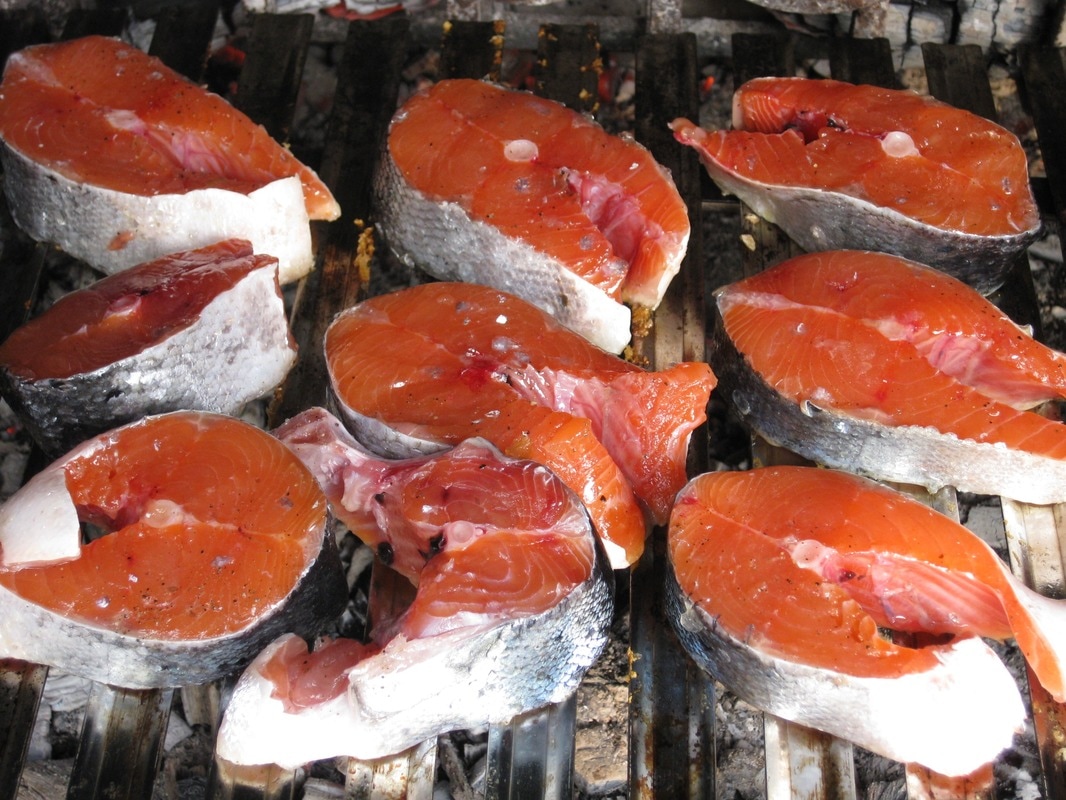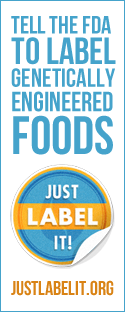|
Canada gets an F when it comes to labelling seafood products, says a SeaChoice international report released Thursday.
Also read, Government of Canada proposes new rules to strengthen food safety. The report reveals that seafood labelling standards in Canada are much lower than in the European Union and the United States, our two largest export partners. “Even the basics, such as the species’ scientific name and where and how it was caught, are not required on seafood labels in Canada, leaving consumers eating in the dark,” Colleen Turlo, SeaChoice representative with Halifax’s Ecology Action Centre said in a news release. According to the report, of the six requirements for well-labelled seafood, Canada’s regulations only require two: the common name and the country of final processing, omitting the scientific name, production method (whether the fish is wild or farmed), harvest method and geographic origin. The EU requires all of these markers, while the U.S. only includes one more than Canada, the production method. Moreover, even though these levels are not are not required on Canadian seafood sold at home, any seafood exported to the U.S. or EU must have labelling standards that meet the importing countries’ requirements. “This equates to 73 per cent of Canada’s seafood exports being sold with greater product information abroad than required at home,” the report says. Inadequate seafood labelling leaves customers in the dark on serious issues like health, allergies, environmental sustainability, quality assurance, the presence of GMOs, human rights violations and illegal fishing, the report says, and can be associated with seafood fraud. An online survey conducted by researchers at Dalhousie University and released last month shows that 63 per cent of Canadians said they were concerned about food fraud, and 42 per cent believed they had purchased a counterfeited food product at some time. Of that, seafood was the highest category selected. To demonstrate the shortcomings of Canada’s labelling regulations, the report offers an example of a fish caught in the Gulf of St. Lawrence by a Canadian fishing vessel. If that fish is exported to China for processing, then imported back into Canada for sale as some major seafood producers do, it would be labelled as a “Product of China,” making it difficult for consumers to know where their food actually comes from and to support domestic aquaculture. In addition, without a scientific name on the label, consumers don’t actually know what fish they’re buying, since the Canadian Food Inspection Agency allows for the lumping of many specific species under one common name. The common name “rockfish,” for example, encompasses more than 100 species, and “snapper” encompasses more than 200. “Given the importance of the seafood industry to Canada, and to coastal provinces in particular, we fail to understand why our country would not demand transparency in its seafood supply chain,” said Kelly Roebuck, SeaChoice representative with the Living Oceans Society in the report. “With new regulations in the U.S. and changes coming through E.U. trade agreements, Canada would be wise to change its regulations now to avoid missing out on trade opportunities.” SeaChoice is recommending that the federal government amend Canada’s food labelling policy to include all six requirements for well-labelled seafood, and implement policies that put the onus on supply chain businesses to provide the necessary product information from source to customer to improve seafood traceability. SOURCE Andrea Gunn, Ottawa Bureau
0 Comments
Leave a Reply. |
Advertisement
News & Updates
Stay informed with the latest news around foodservice, agriculture and other related food news. Advertisement Opportunities
|


 RSS Feed
RSS Feed


